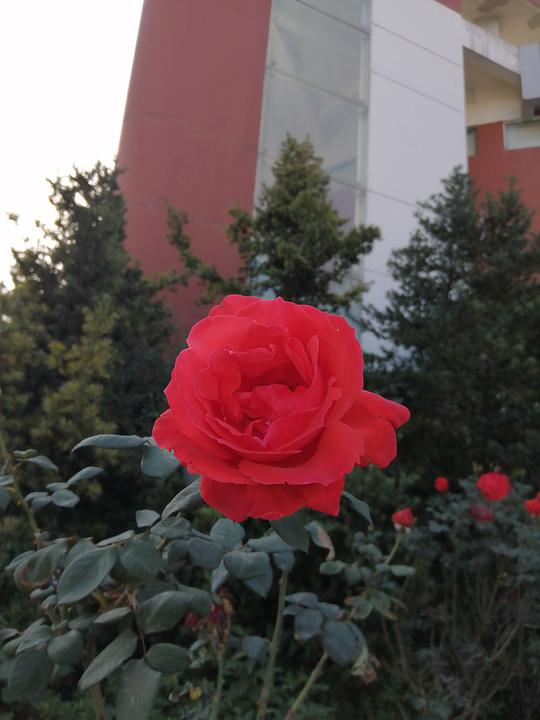
Horsefly Bite Photos: A Detailed Look
Have you ever been bitten by a horsefly? If so, you know how painful and irritating these insects can be. Horseflies are known for their large, painful bites and the itchy, red welts they leave behind. In this article, we’ll delve into the details of horsefly bites, including their appearance, symptoms, and how to deal with them. We’ll also provide you with a collection of horsefly bite photos to help you identify these pesky insects.
What Does a Horsefly Bite Look Like?

When a horsefly bites, it can leave a noticeable mark on your skin. Here’s what you can typically expect:
| Feature | Description |
|---|---|
| Size | Horsefly bites are usually larger than mosquito bites, often resembling a large, red bump. |
| Shape | The bite may be round or oval, depending on the size of the horsefly. |
| Color | The bite will initially be red and may become more inflamed over time. |
| Center | The center of the bite may have a white or yellowish appearance, indicating the entry point of the horsefly’s proboscis. |
Now, let’s take a look at some horsefly bite photos to help you visualize these characteristics.



Common Symptoms of Horsefly Bites

While horsefly bites are generally not dangerous, they can cause discomfort and itching. Here are some common symptoms to look out for:
-
Painful, itchy bite
-
Red, inflamed bump
-
Swelling around the bite area
-
Itching that may last for several days
In some cases, horsefly bites can lead to allergic reactions, which may cause more severe symptoms such as hives, difficulty breathing, or anaphylaxis. If you experience any of these symptoms, seek medical attention immediately.
How to Treat Horsefly Bites

Here are some tips on how to treat horsefly bites and alleviate the discomfort:
-
Cool the bite: Apply a cold compress or ice pack to reduce swelling and numb the area.
-
Use over-the-counter remedies: Antihistamines, hydrocortisone cream, or calamine lotion can help reduce itching and inflammation.
-
Keep the bite clean: Gently wash the bite with soap and water to prevent infection.
-
Protect the bite: Cover the bite with a bandage or clothing to prevent scratching and further irritation.
Preventing Horsefly Bites
While horseflies can be a nuisance, there are ways to reduce your risk of being bitten:
-
Wear protective clothing: Long sleeves, pants, and hats can help shield your skin from horseflies.
-
Use insect repellent: Apply a DEET-containing insect repellent to exposed skin and clothing.
-
Stay in covered areas: Horseflies are more active in open areas, so try to stay in covered areas when possible.
-
Eliminate standing water: Horseflies lay their eggs in standing water, so remove any sources of standing water around your home.
By following these tips and being aware of horsefly bite photos, you can better protect yourself from these pesky insects.



